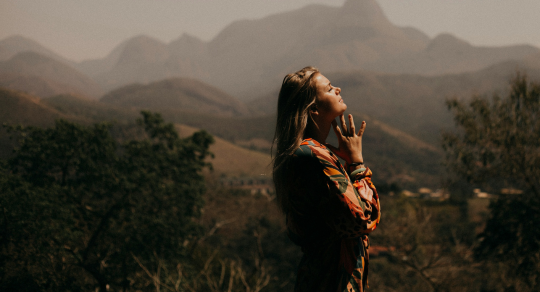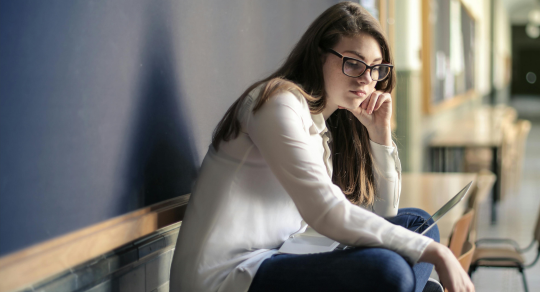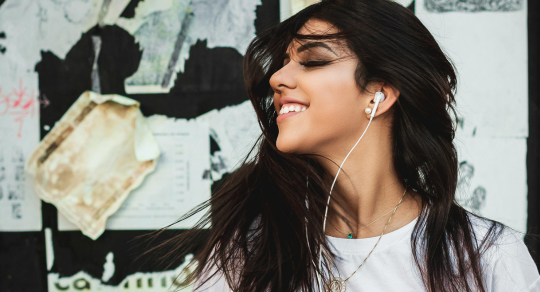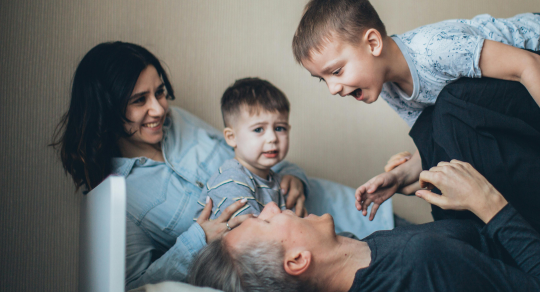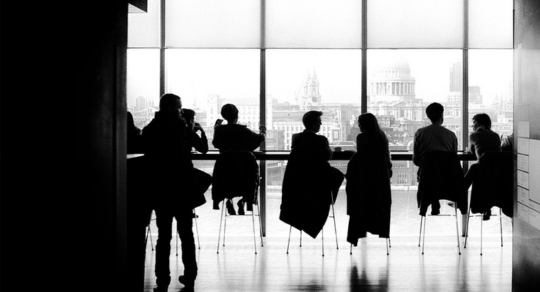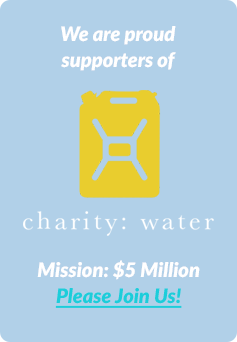While working with a life coach years ago, I had an Aha! moment that changed my life. During an exercise about core values, I discovered a common thread between the different times in my life that felt exhilarating and full of possibility.
That common thread was creativity.
Creativity is that inner superpower that frees us from rigid thinking and adds spark to what might otherwise feel mundane and laborious. It reconnects us with our imagination and transforms our experience through inspired experimentation. It can even act as a beacon, luring us into unexplored terrain that’s richer and more fulfilling than we ever imagined.
The question then becomes, how can we keep our inner creative spark burning brightly?
It’s a topic I’ve had to address continuously during my years as a full-time writer. Since I’m often on deadline, I can’t wait for creativity to arrive; I have to force it, including on days when I’m overtired and under-inspired.
The traditional school of thought was that creativity was a gift offered by a mysterious, possibly sprite-like creature, aka the muse. Truthfully, that idea used to terrify me. What if I’m on deadline and the muse skips me that day/week/month? What if the muse decides I’m boring? I am, after all, an introvert; popularity contests are hardly my thing.
As time passed, though, I began to notice that simple changes in my attitude and habits helped me to ignite my inner creative life force. Here are some of my tried and true favorites for maintaining a mindset that supports creativity:
1. Creativity is more about doing than being.
We tend to view creativity as a positive attribute or a life sentence, something we do or don’t have. “She’s so creative,” we might say admiringly; or conversely, we may declare, “I’m just not a creative person.”
Creativity isn’t a trait we inherently do or don’t have. It’s more like a muscle group we can continually strengthen. Those who find it easier to be creative make a point of exercising their creativity often. They flex their thinking, attempt new pursuits, and allow themselves to explore the untamed worlds of their imagination.
When you feel your creativity waning, take the hint and explore your creativity more often, rather than less.
2. Creativity is a marathon, not a sprint.
To cultivate creativity, we have to adopt the marathoner’s mindset. We’re not going to cross that finish line on the first try (or third, and probably not the thirteenth try, either). We have to work up to it. We have to be willing to get sore along the way. We have to take occasional rest days, too.
Ultimately, though, what gets that book written, that website designed or that painting painted is the repetitive act of logging creative miles, even when it’s raining and even when we don’t feel like it.
When in doubt (and at all other times), go forth and create.
3. Creativity doesn’t always feel like child’s play.
Being creative—the act of flexing your creativity muscles—is deeply personal, vulnerable work. When we’re creative, we’re sharing pieces of ourselves that we may not otherwise express. Being mere mortals, we naturally fear that exposure; it’s scary and it’s uncomfortable.
When we work through that fear and discomfort, we allow ourselves to become creative adventurers. Eventually, the winding roads we follow lead us into inspiring new worlds of possibility and potential.
4. In creativity as in body, always remember: everyone poops.
If, at any given moment, you feel ashamed of what you fear is a failed attempt at a painting or essay or sculpture or song, stop and remember—everybody poops. It’s as true of our creative pursuits as it is of our physical bodies. Even award-winning, best-selling, world-renowned creative maestros/gurus/geniuses create work they’re not proud of at times. It’s human to feel disappointed, but don’t ever let that disappointment be a reason to give up on a creative pursuit that brings you joy.

